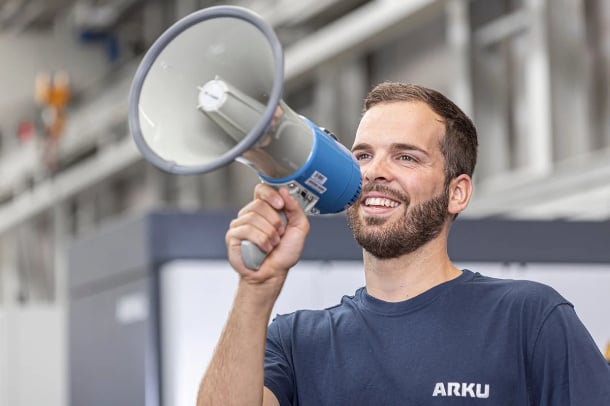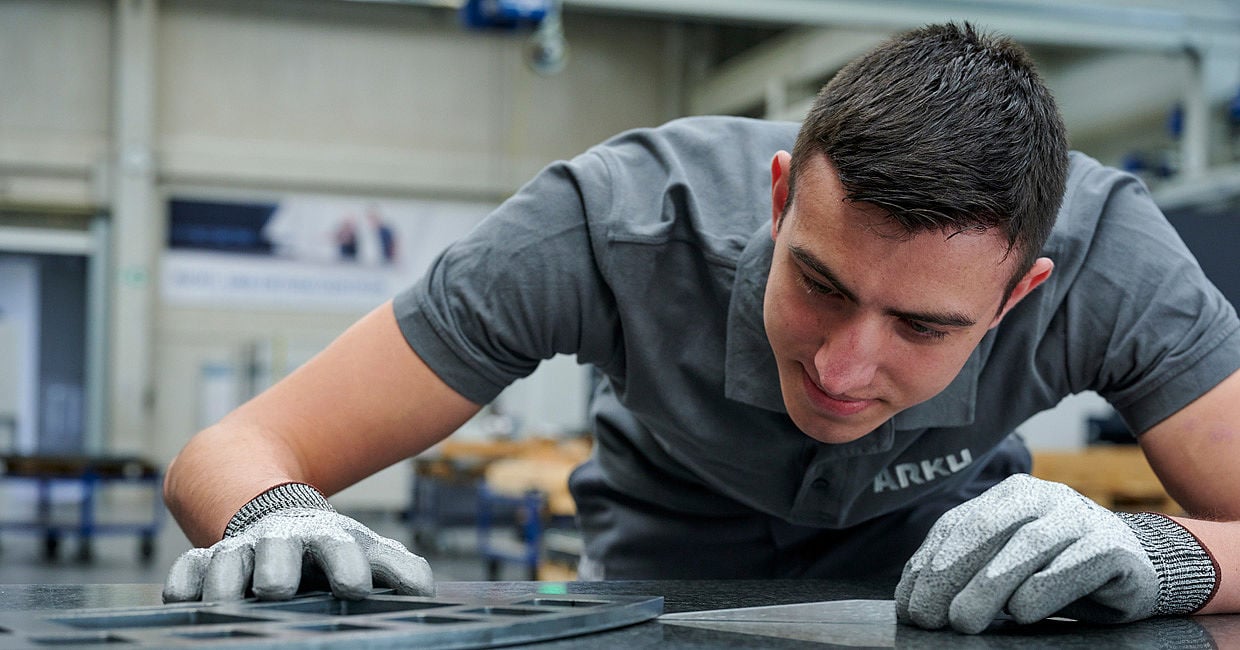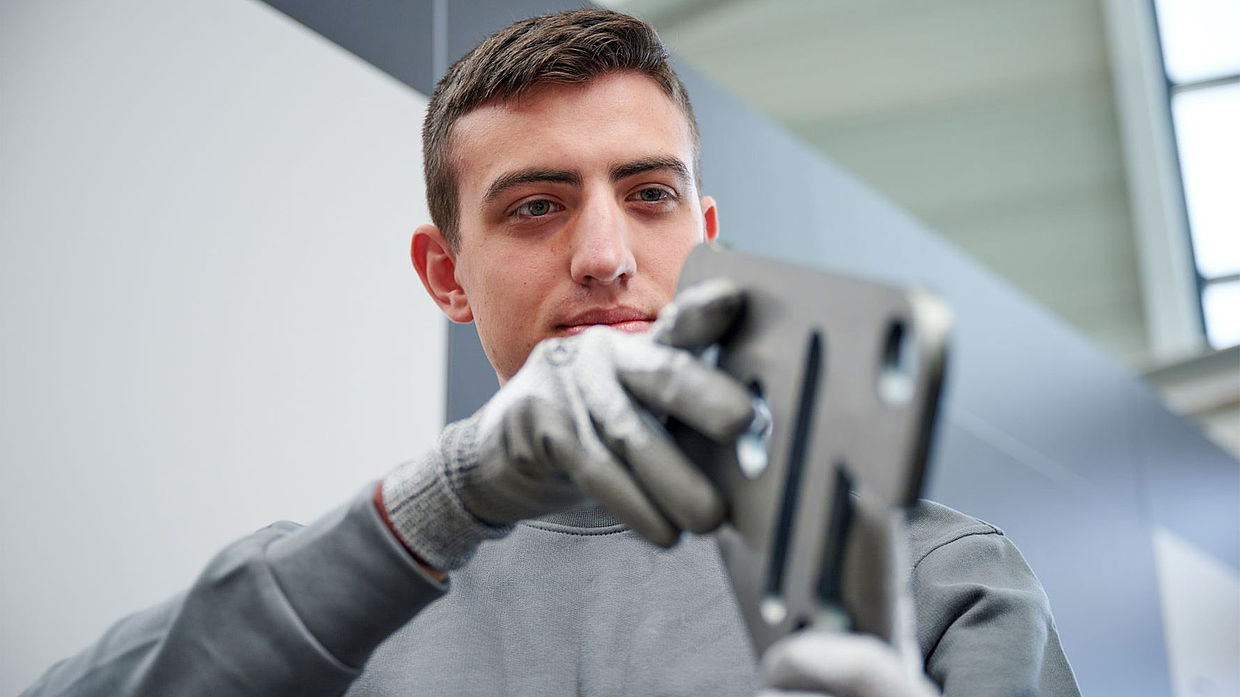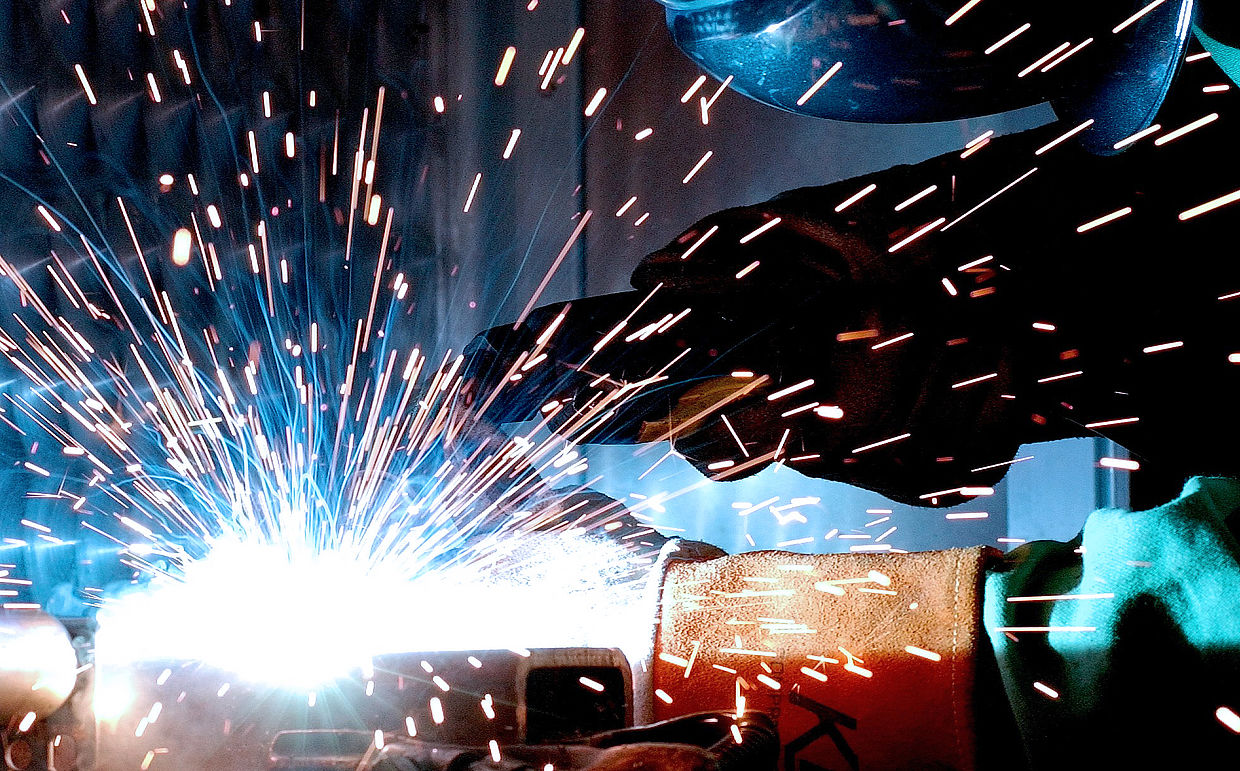
ARKU Newsletter
Exciting events, informative case studies, practical expert tips: With the ARKU Newsletter you are always well informed.

These days, steel is in such short supply like we have never encountered before. Then what do you do if warping exceeds the tolerances allowed for efficient processing? Sending the material back is not an option, because then you would be stuck without having anything to process. But it is possible to level the metal sheets. A precision leveler makes warped material dead-flat again. Thus, tolerances are again in the ideal range for optimal processing conditions.
Sheet metal parts show distortion after punching. Distortion even occurs in thermal cutting, whether laser or flame/plasma cutting. The reason: Processing causes the build up of stresses within the material. Deformation during punching or heat input during cutting intensify the warping. Although distortion is a technical issue, it does not imply that a customer will accept warped sheet metal parts. Corrective action is possible: A parts leveler can straighten the warped materials in just a few seconds.
After bending, the angle is not right. That could be due to the initial state of the material. Often sheet metal has internal stresses that are not able to be seen with the naked eye and are difficult to measure. If there is a bounce back after bending, it could be due to these internal residual stresses. Again, leveling is the solution. During leveling not only the warped sheet metal parts are flattened, but also the residual stress in the parts themselves are relieved. This then helps to achieve reproducible results during all the processes that subsequently follow.
Are workpieces piling up in front of the welding stations because set up is taking longer than planned? Also here, the work disruption might be attributable to the residual stresses with the sheet metal parts. Too much unnecessary time is spent, if the sheet metal parts cannot be fitted into the welding fixtures as desired. It is much faster if those parts that are already leveled are used during welding.
Read our overview of the various leveling techniques and how new methods are contributing to optimizing the leveling process.
Before welding, everything was good, but then… Reworking the parts is necessary, if the ideal tolerances are not met. Residual stresses in the welded assemblies might again be an issue: Not visible, but there. Distortion may increase during welding due to heat input, so that tolerances are exceeded. It is far better to eliminate residual stresses before welding – via the process of leveling.
During processing each individual tolerance needs to be within a certain limit to ensure optimal final product quality. When many small tolerance issues persist, this will showcase during the actual welding process. Then in total, deviations exceed what is necessary to achieve a reputable final product. Therefore, it is much better to manufacture as precisely as possible from the very start. This can be achieved if the metal sheet is leveled.

The final product may look fine, but residual stresses may still be present in the assembled sheet metal parts. Depending on the applied stress on the component, stresses can be released later on - and thus, damage to the final product cannot be ruled out. If your customer has complaints about the quality, the issue can likely be solved through leveling.
If a laser cutting machine is dialed in correctly; the punching tool will most likely not be damaged. But the materials don’t keep their shape as they should. Again, residual stresses in the sheet metal parts might be a possible cause. Thus, it is better to level the parts to avoid customer complaints.
Tools are expensive. It is rather annoying and costly if tools cannot be utilized to their maximum lifetime expectancies. But that can change: Leveled metal sheets strain the tools less than sheets with higher residual stresses. Furthermore, tool failures are less likely to occur. In this case, leveling also increases productivity.
A higher number of strokes during punching yields to a higher output. This leads to an increase in productivity and efficiency. Yet it is not enough to simply set a higher stroke rate on the machine. There is a risk of damaging the tool or the parts themselves. Especially if no other process adjustments are made. One way of optimizing the process is to only use leveled sheet metal. That way the number of strokes during the punching process can be increased - and thus the output as well.

Welding robots depend on very tight tolerances. If a part deviates too much from the desired flatness classified as a defective part. Hence the efficiency of the welding robot declines. Yet, if parts are leveled before they go to the welding robot, the robot can demonstrate its efficiency to the highest possible standard.
Residual stresses in the metal sheet can be released in a violent manner during laser cutting. If this happens, the sheet metal cutout can suddenly jump up. If it bumps against the laser head, it can cause damage and be very costly. With leveled sheet metal, this risk is mitigated straight away.
For the leveling of sheet metal or sheet metal parts, you don’t necessarily need to own a leveling machine. A specialized company can take over this task on a toll processing basis. Good providers are prepared for quick deployment and immediately understand the production requirements for sheet metal. The necessary tolerances, the associated effort and the costs are set by the toll processor. They can also take care of the logistics. However, your toll processor will exclude transport damage or additional contamination.
Learn more about ARKU's leveling services capabilities:

Exciting events, informative case studies, practical expert tips: With the ARKU Newsletter you are always well informed.
ARKU Inc.
7251 E. Kemper Road
45249 Cincinnati, OH / USA
P: +1 513 985 0500
F: +1 513 985 0580
Machines in use at customers, practical tips, events and much more: keep up with the news in the ARKU world.
ARKU Inc. © 2023 Mail info-us@arku.com Tel. +1 513 985 0500